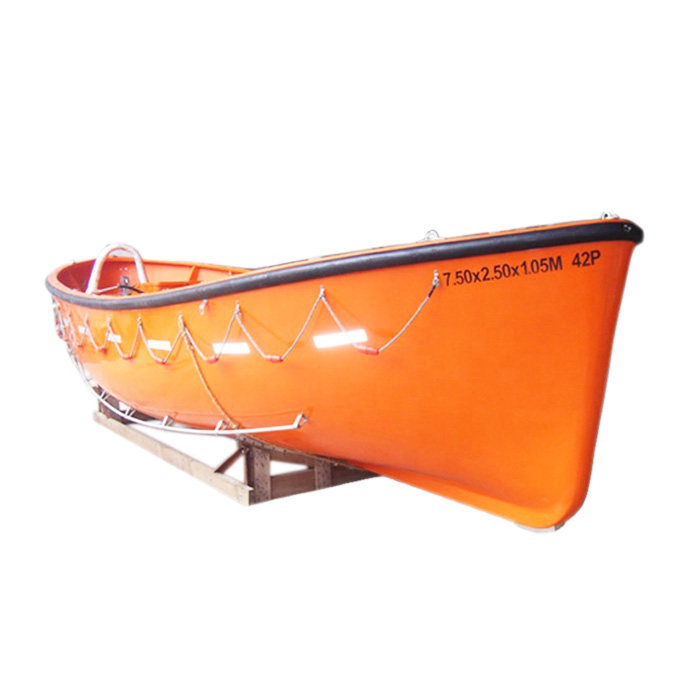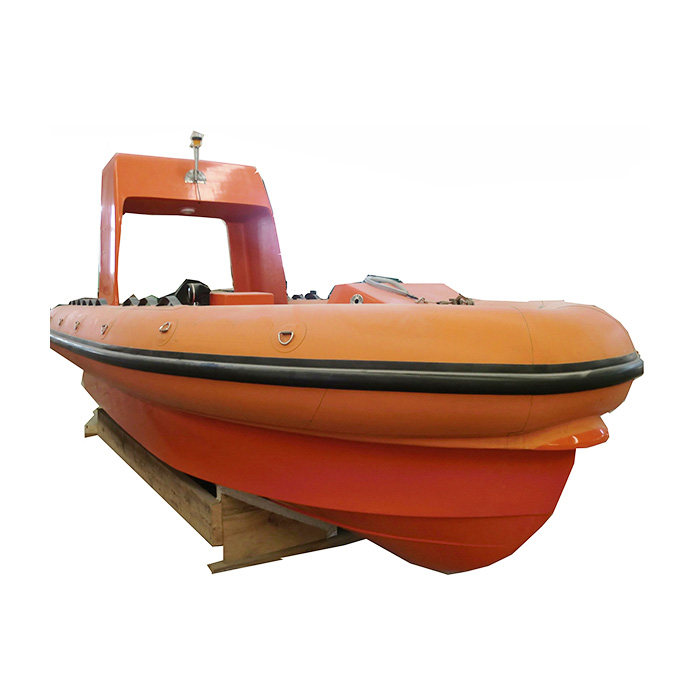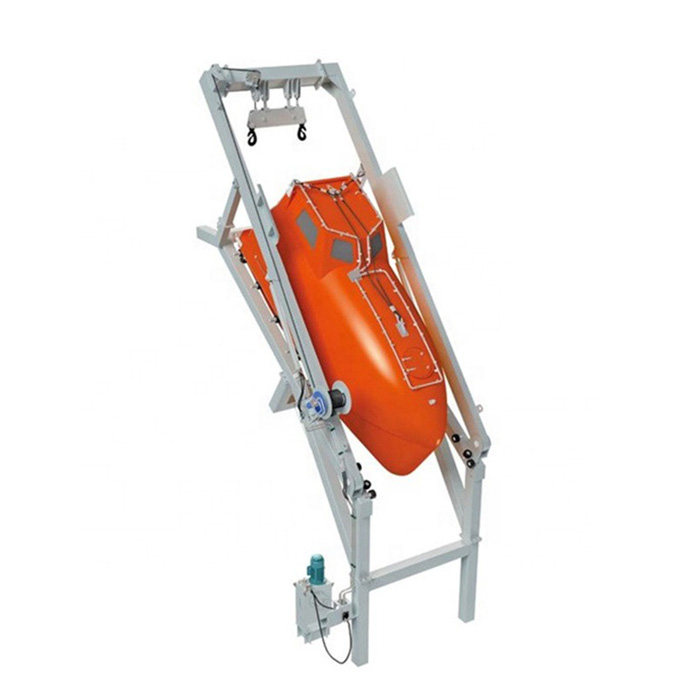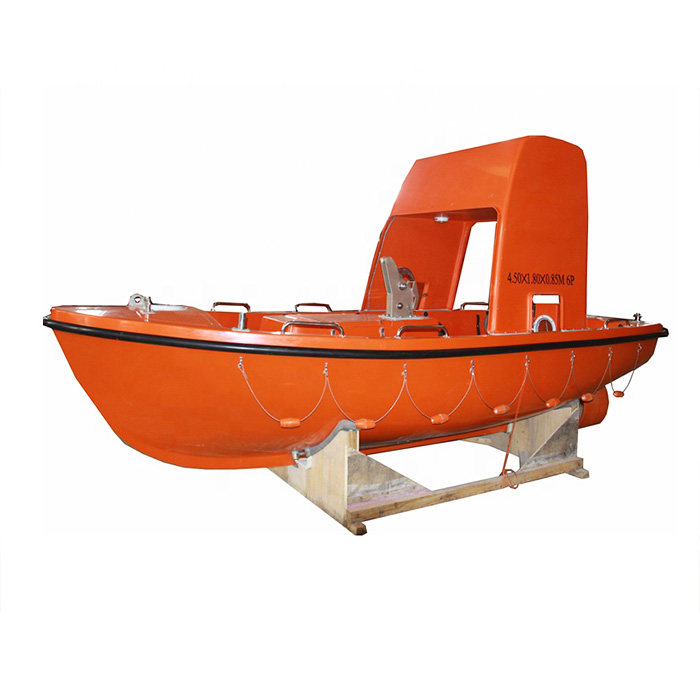How to Improve the Safety of Lifeboats
Lifeboats provide vital life-saving assistance in the event that all other systems fail. Their reliability and safety directly impact survival rates during ship evacuations, particularly in extreme weather or hazardous offshore conditions. As maritime operations expand into more remote and challenging environments, improving the safety of lifeboats has been an important aspect of the design, regulation and innovation for ships.
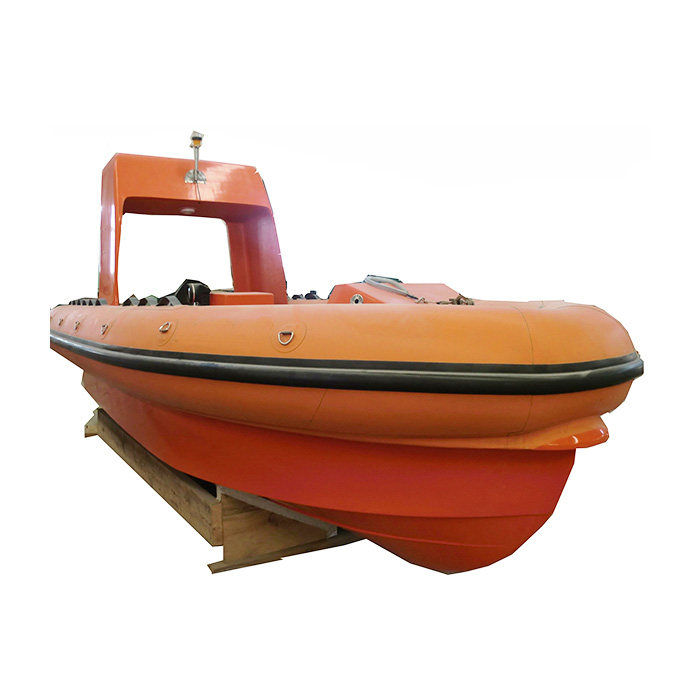
Table of Contents
The Role of Lifeboats in Maritime Safety
Lifeboats play an important part in maritime safety, as the last option of escape during emergencies on the ship, like collisions, fires, or sinking. Created to protect the crew and passengers from danger, life boats offer shelter, flotation, and vital emergency equipment until rescue is available. Their effectiveness is vital to saving lives and their existence is governed by international standards such as SOLAS. As vessels move into more hostile conditions, the reliability design, performance, and appearance of life boats are increasingly important in modern safety measures for maritime vessels.
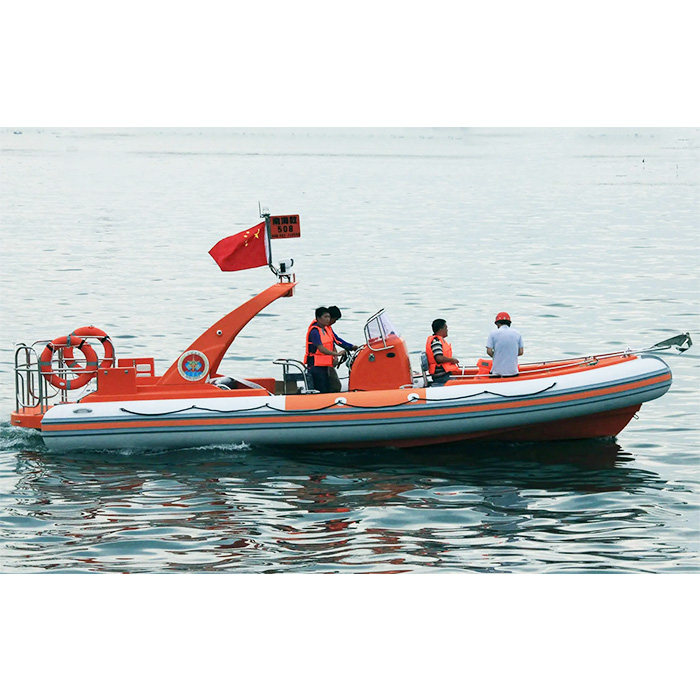
Why Improving the Safety of Lifeboats is Important
| Reason | Explanation |
| Handles Harsh Maritime Conditions | Lifeboats with improved safety features can endure rough seas, strong winds, and freezing temperatures. |
| Minimizes Risk of Capsizing or Failure | Self-righting designs, as well as stronger materials minimize the chance of malfunctions or rollovers. |
| Ensures Fast and Safe Deployment | Modern launching systems enable lifeboats to be launched quickly and secure, even during emergencies. |
| Increases Crew and Passenger Confidence | The knowledge that lifeboats are reliable boosts confidence and morale in critical circumstances. |
| Meets International Regulations | In compliance with IMO or SOLAS standards helps avoid penalties and guarantees worldwide operational certification. |
| Supports Rescue and Recovery Operations | With GPS, radios and EPIRBs. Lifeboats that are safer enhance the likelihood of quick rescue. |
| Reduces Injuries During Evacuation | Seats that are ergonomic, harnesses, and protective enclosures help reduce accidents during transportation or launch. |
| Improves Long-Term Vessel Safety Culture | The investment in lifeboat safety is the company’s commitment to the welfare of crew members and safety of the operation. |
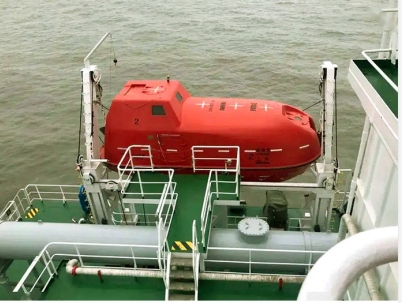
Key Strategies to Improve the Safety of Lifeboats
To ensure the reliability, constant efforts are made to improve the safety of life boats through engineering innovation, advanced materials, smarter system and better human preparedness.
1. Strengthening Lifeboat Construction with Advanced Materials
A highly efficient methods to increase the safety of lifeboats is to use innovative construction materials. Traditional steel lifeboats, although sturdy, are also heavy and susceptible to rusting as time passes. Modern lifeboats are constructed with fiber-reinforced polymer (FRP) or marine-grade composites. They offer superior strength-to-weight ratios, resistance to corrosion and a long service longevity even in harsh marine environments. Lighter and stronger lifeboats are simpler to put into service and more robust against mechanical and wave stress.
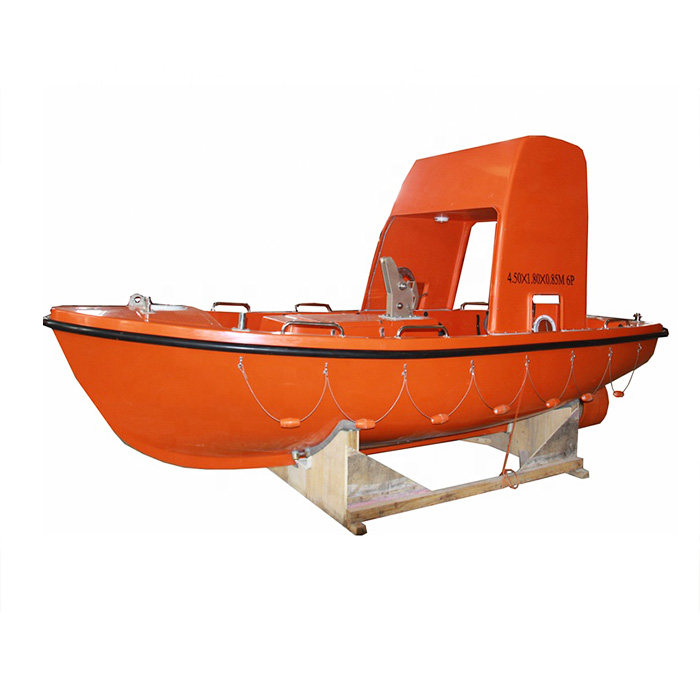
2. Enhancing Self-Righting Capabilities
In turbulent seas, a capsized lifeboat could turn into a deadly trap if it is not able to quickly be able to return to a standing position. Self-righting has become an important design objective. Engineers today use CFD (CFD) simulations in order to fine tune the hull’s shape and internal ballast configurations to naturally encourage righting after an overturns. In addition, having buoyancy compartments close to the roof, and ensuring the lowest center of gravity can ensure that self-righting inflatable lifeboats can be able to return to a steady location even in turbulent water.
3. Improving Launch and Recovery Systems
The safety of launching a lifeboat in an emergency is among the most vulnerable steps during the evacuation. Davits that are traditional require precision coordination, and frequently fail in difficult conditions, such as high waves or ship listing. Innovative strategies include launches that are based on gravity and allow quick, non-operating deployment. Automated systems controlled through sensors or control panels provide faster, safer, and reliable launches in critical circumstances.
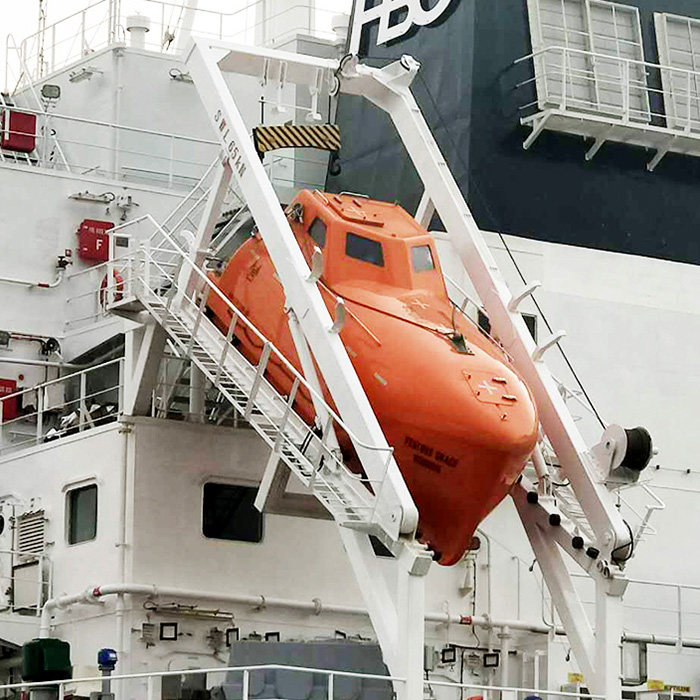
4. Integrating Modern Navigation and Communication Technologies
In order to ensure the survival of post-launch lifeboats need to be equipped with reliable navigation and communications tools. Modern lifeboats are often equipped with GPS units and emergency position-indicating radio beacons (EPIRBs) and reflectors for radar, VHF radios, and AIS transponders. These instruments not only enhance the chance of finding survivors swiftly, but also aid in helping crews keep life boats safe from dangers such as debris, fire and oil spills. Communication systems and real-time tracking are essential components of lifeboat safety.
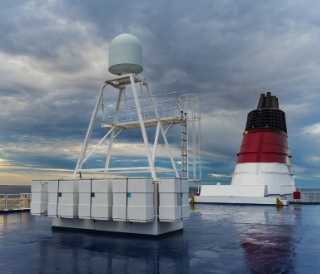
5. Improving Onboard Comfort and Protection
Lifeboat survival often is contingent on the extent to which it shields its occupants from exposure to extreme weather conditions. Lifeboats today are fully sealed, thermally insulated and have ventilators or heating systems to keep the conditions comfortable. Secure harnesses, shock-absorbing seats systems and anti-slip flooring are all essential for minimizing injuries sustained during rough transport or when embarking.
6. Advancing Crew Training with Simulations
Even the most sophisticated lifeboat can only be as efficient as the crew who operate it. Human error in lifeboat drills and emergency situations has been an ongoing safety concern. To address this maritime training facilities now utilize lifeboat simulators as well as VR (VR) environments that replicate evacuation scenarios that are high-stress. These training tools that are immersive enable crew members to behave calmly and confidently, making sure lifeboats can be used effectively when the time is limited.
7. Enabling Predictive Maintenance and Real-Time Monitoring
It is vital to conduct proactive maintenance in making sure lifeboats are available to be used. The modern smart vessel uses sensors-based monitoring systems to monitor the condition of lifeboats, such as the battery’s voltage and readiness, as well as engine performance and seals for hatches. The alerts as well as the predictive analysis assist crews address issues that could arise before they cause failure. This type of digital monitoring improves efficiency and ensures the compliance with international maintenance standards.
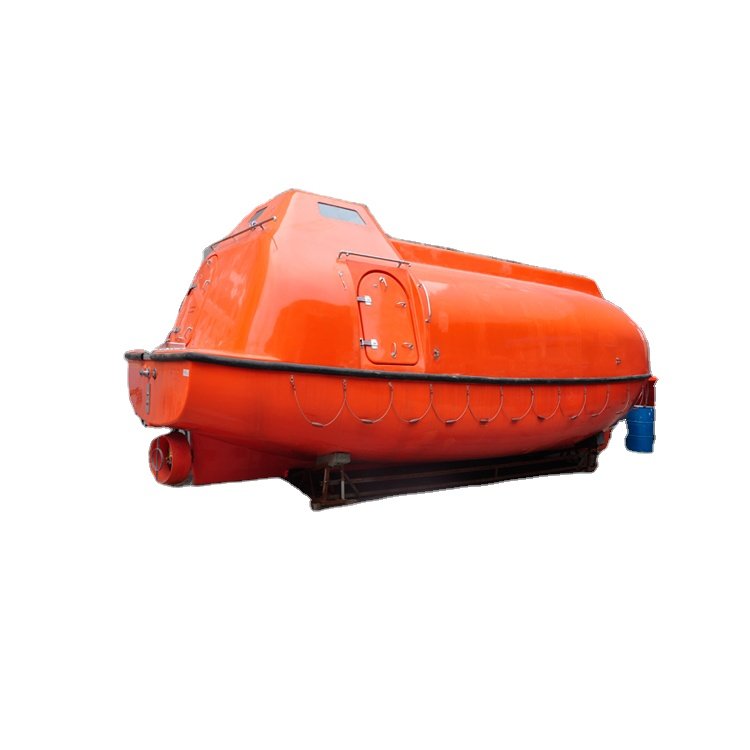
8. Aligning with Evolving Regulatory Standards
When technology and operational requirements change as do the maritime safety rules. Shipowners and suppliers of life boats should be aware of these ever-changing regulations to ensure compliance with the law and the highest level of safety performance. Collaboration between manufacturers, regulators and shipping companies play an important role in bringing about meaningful improvements to safety.
Here’s a chart describing the evolving regulatory standards in lifeboats
| Aspect | Description |
| International Maritime Organization (IMO) | Global safety standards are set under the SOLAS conventions. Regularly updates lifeboat standards to reflect the latest technologies and lessons from accidents. |
| SOLAS Chapter III | This document provides detailed guidelines for life-saving equipment such as lifeboat designs capacity, capacity, and test of performance. |
| Type Approval and Certification | Lifeboats have to pass rigorous types of tests to confirm the durability, stability and launching standards prior to the certification. |
| Performance Testing | Tests for self-righting as well as impact resistance, launch trials, as well as endurance testing in extreme conditions. |
| Material and Construction Standards | Control the use of certain materials to ensure the protection against corrosion, fire resistance and structural integrity lifeboat production. |
| Maintenance and Inspection Requirements | Make sure you have regular inspections as well as maintenance schedules and functional testing to assure the readiness of your lifeboat. |
| Training and Operational Guidelines | The crew’s training requirements must be specified for lifeboat deployment as well as the use in emergencies. Increasingly, this includes simulation-based training. |
| Digital Compliance and Monitoring | New regulations focus on digital record-keeping monitors in real-time and proactive maintenance for improved security. |
| Environmental and Accessibility Standards | Newer guidelines include environmental impact mitigation, as well as accessibility features that are accessible to all passengers including disabled passengers. |
Future Outlook of Improving the Safety of Lifeboats
As the marine industry expands into increasingly difficult and remote waters, The future of life boat safety is likely to be shaped by smarter systems, more resilient designs, and deeper integration with digital maritime ecosystems. The constant advancement in material technology, artificial intelligence and human-machine interfaces is setting the foundation for lifeboats that are not only more reliable but also more intelligent and responsive in high-risk scenarios.
1. Smarter Lifeboats via AI and Automation
Artificial Intelligence is expected to play an integral role in the safety of lifeboats. Lifeboats of the future could incorporate AI-based decision-making systems to assist in route planning safety, hazards detection, and dynamic adjustment based upon the latest environmental information. These autonomous systems could provide navigational guidance that can ensure that the lifeboat is safe from areas of fire or collision routes.
Automation will be extended to launch systems, lifeboats are capable of self-deployment based on the pre-programmed emergency parameters. If a vessel is sinking or is tilting in a way that is unsafe the control and sensors could initiate fully autonomous launching sequences that do not require human intervention.
2. Increased Survival with Advanced Life-Support Technologies
The upcoming generations of lifeboats be focused not just on ensuring safety, but also on maintaining the lifeboat for longer periods in extreme environments. The integrated carbon dioxide scrubbers, climate controls intelligent ventilation systems, as well as automated ration management can help the occupants to live for days or even weeks in the event that rescue efforts are delayed. Lifeboats can also be equipped with mini desalination units as well as solar-powered energy systems and automated distress signals capable of continuously displaying the vessel’s location and condition.
3. Digital Twin Integration and Predictive Safety Modeling
Digital twins — virtual replicas of physical lifeboats – will become a crucial tool for predictive maintenance and live performance monitoring. In conjunction with sensors onboard, the digital models will enable ship captains to create evacuation scenarios, check the condition of their equipment, and anticipate problems before they happen. With the help of cloud-based dashboards, the shore team will be able to have constant monitoring of the condition of every lifeboat within the fleet.
4. Evolution of Materials and Structural Design
The future is also expected to provide new innovations in adaptive materials, including shape-memory alloys as well as next-generation composites that will allow lifeboats to better absorb the impact, withstand flame and puncture, and preserve the structural integrity in extreme temperatures or subzero temperatures. There are some ideas to explore modular and expandable lifeboats with capacities and functions that are able to be modified depending on the size of the crew or the specific requirements of the mission.
5. Seamless Communication and Fleet Integration
Lifeboats will be a connected extension of the ship’s security structure. V2X (vessel-to-everything) communication systems will allow lifeboats to coordinate with each other, communicate with drones, unmanned surface vehicles (USVs), and nearby ships. The coordination for rescue will be augmented with augmented reality overlays and real-time updates on sea conditions that will help identify and locate survivors swiftly and efficiently.
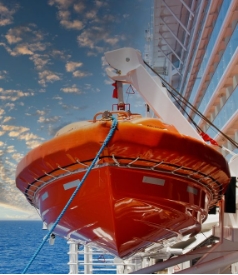
Summary
Improving the safety of lifeboats requires a comprehensive approach that incorporates structural innovation, smarter methods, rigorous testing and well-trained personnel. Continuous advancements in design, materials and digital technologies ensure that life boats can successfully and effectively perform their function as safe shelters of last resort in the most challenging marine environments.


